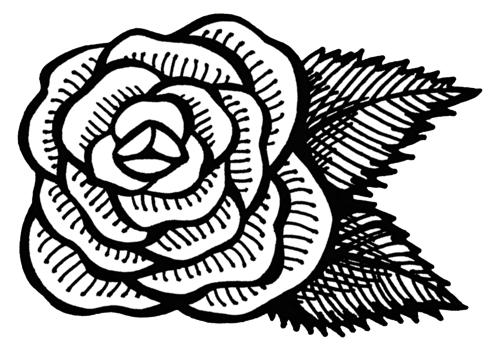“It feels like there is something being birthed from me through these cards that will have a profound effect on who I am and where my life goes from here, so this project will be quite a transformative experience for me a well as those who use them.”
UPDATE 9/16/16: The Dust II Onyx deck is now available to order on Kickstarter. Woohoo! Go check out the campaign and help make it happen.
My loves! I have such a treat for you today: an interview with fine artist and deck creator, Courtney Alexander about her new tarot deck, Dust II Onyx. Dust II Onyx: A Melanated Tarot Deck will start pre-ordering this September. In the meantime, Courtney and I have been chatting by email about the Dust II Onyx deck, identity and representation in tarot art, the creative process, cats, and more! Grab a cup of tea and settle in, because this conversation is not to be missed.
Courtney’s Story
So introductions first. Which came first for you, tarot or art? Tell us a bit of your story with each.
Art has always been a big part of my life since childhood. I loved to read, paint and draw, play instruments, anything that allowed me some sort of expression (or the opportunity to get lost in fantasy). I still have my sketch journal from middle school; my aspiring fashion designer days lol. As I got older my interests began to shift into graphic design. During the days of Myspace, I found myself obsessed with some of the more advanced profile designs, so I set out to learn on my own. I love tinkering and figuring things out so it held my attention for several years. By the time I was 19 I had decided to pursue graphic design as a career. I freelanced and had some marketing jobs here and there. I also went back to school.
I went through the community college initially, and decided to take a drawing class. From there my desire to pursue an Advertising degree waned. Instead, I decided to enter the Studio Fine Arts program at University of South Florida. My thinking at the time was “oh, I’m going to learn some additional skills creating so I can be this awesome Creative Director.” A lot of Creative Directors I researched had Fine Arts backgrounds. By the time I graduated (December 2015), had 3 gallery shows, won top prize at a Juried Exhibition, and had an official body of work, I knew that I no longer wanted to be a graphic designer. I had something to say, and the idea of simply making another business card or website didn’t feel like enough anymore. |
During my time in the Art program, my personal life began to shift in some profound ways. I grew up Christian; started out Baptist and eventually moved into Pentecostal. The last church home I had, my Pastor who I looked up to immensely, told me she could no longer preach what she didn’t believe. She would go on these sabbaticals and during her last one she realized her perception of faith no longer aligned with traditional beliefs. She couldn’t tell the congregation or bring these new ideas in. She was a female Pastor, the daughter of the Bishop who had sons who he could have chose, but he chose her. The members would not be that receptive. So she left. I always respected her decision to stay true to herself, instead of simply staying for the title or obligation. If the daughter of a Bishop and theologian had a shift in faith than what did that mean for me? From there I set on my own spiritual path.
So that leads me to Tarot. It took some years to break down my inherent fear of Tarot. I remember this sermon by John Hagee where he described a woman he had to do an exorcism on, in which he blamed her use of Tarot cards. That stuck with me, and as I opened myself to the world of metaphysics, I still had that sermon play in my mind. I began going to a clairvoyant who I really connect with. She didn’t use cards so it gave me a sense of safety. Then overtime I learned and explored a bit more until I found myself slowly moving into Tarot. I began with apps, and once I understood the cards meaning I realized that there wasn’t anything evil about them. I began to understand them as a tool of empowerment and self-growth. It wasn’t this evil portal into the unknown that I had been taught it was. So here I am, less than 2 years later still learning and now creating my own deck.
The Birth of Dust II Onyx
“The majority of the work is purely intuitive. I tend to dream about paintings. . .”
Committing to a tarot deck is a big undertaking for any artist. What drew you to create a deck?
OMG yes it is quite an ambitious project for any artist. I honestly can’t remember exactly when I had this “aha!” moment. I just remember in general having difficulty finding a deck I resonated with. Some of the deck art out there didn’t really appeal to my own aesthetic sensibilities or speak to my identity. I also had already begun this body of work where I inserted myself into narratives/archetypes in art history. So Tarot feels like a natural progression for me. I’m of course not using myself. But understanding archetypes has really helped me understand facets of myself and human history. In this series I’m not just inserting my figure to change the context of the narrative. I’m allowing a new one to flow from a much deeper place. So now I’m dedicated to the completion of this work, and its not simply to create a cool new deck. It feels like there is something being birthed from me through these cards that will have a profound effect on who I am and where my life goes from here, so this project will be quite a transformative experience for me a well as those who use them.
Your deck title, Dust II Onyx, sounds very poetic. Where did it come from and what does it mean to you?
As I was creating cards I didn’t really obsess over the name. I knew it would tell me what name it wanted. I entertained the idea of Melanated Tarot but it felt forced, then I simply heard Dust II Onyx. It felt right, and as hard as I tried to think of other alternatives none would come to me. I liked my original thought as the sub-title so I rolled with that. Plus, the term melanated encompasses the wide spectrum of hues in the diaspora. As I rolled the title in my mind and began to understand why it wanted to be named that it began to make sense. Onyx has been a widely used stone throughout history for material and spiritual use. Metaphysically it’s used for protection, to absorb negativity and to promote harmony. Not just relationship harmony, but the understanding that of the yin/yang of life. That we are all in a cycle of rebirth and death throughout our lives. Being in tune with that flow is what leads us to greater wisdom. Which is the type of energy I believe this deck carries.
You’ve mentioned before getting inspiration from dreams and intuition in your process. What does that feel like when you’re working on an image? How much of this deck would you say comes from conscious work versus intuitive inspiration?
The majority of the work is purely intuitive. I tend to dream about paintings sometimes. I simply see them and I rarely remember the context I’ve seen them in within the dream. I just wake up and remember what it looks like. What I produce isn’t an exact replica. It’s like the dream art informs what I produce.
One of the first pieces I experienced this with is a collage I did last year called “Big Bitch Sprinkles”.In the dream there was this detailed illustration of me upside down in these holes on top of an altar. I found the composition so intriguing so I used it as the basis for a collage work instead of a drawing. At that time, I was all about material so I was collaging with all sorts of paper, fabric, trash bags, cheap backsplash, vinyl, etc. |
Similarly with this series, I had two dreams about these black portraits. In the dream the figures were completely black. The contrast/shading came through the difference in finish (gloss on matte) instead of traditional shading. The clothing was so lusciously painted with what I’d guess was oil paint, in these deep jewel tones. They were gorgeous. I’d actually like to paint them as I saw they were in my dream. Either way it was the jumping point for the tarot artwork. This deck has known what it wanted to be from the start. Seems I’m just a tool, lol.
This can be like asking a mother to choose her favorite baby, but I have to ask: what’s your favorite tarot card?
The Empress is my birth card but I also connect with the High Priestess. I feel the High Priestess is a higher embodiment of the Empress. Empress is to the High Priestess what the Fool is to the Hermit. The Fool and Empress both have their challenges as these archetypes of innocence, new birth, creativity and love. High Priestess and Hermit are wiser figures. They find their answers in solitude and mystery. It resonates with me a lot since it’s a balance that I’m always trying to deal with in my personal life. That confidence to be on my own and trust my inner voice.
“[The] Empress is to the High Priestess what the Fool is to the Hermit.” I love that!
Race, Gender, Identity & Representation in Art & Spirituality
“Systemic racism is real, sexism is real, fatphobia is real, homophobia is real. So no matter how great my therapy, meditation, or healing session is I still have to face those things as well as my loved ones. There needs to be more opportunity to discuss it without someone just brushing your concerns to the side and telling you to think happy thoughts.”
In one of your Facebook posts you wrote, “we don't get to see black representation enough in spiritual spaces (without heavy laden cliches).” So true. You and other indie tarot artists and working to change this for the better. What are some other changes you’d like to see in spiritual spaces for better representation and inclusion?
I’m so glad a greater awareness is emerging where we can see variety in our representation of marginalized groups in spiritual spaces. I believe appreciating culture is a beautiful and powerful thing. However, in my experience, there is a thin line where it becomes more about the exoticism. Think Orientalism and this colonialist obsession with this very narrow stereotype of Eastern cultures. On one end we want to enjoy the images and the beauty of the people depicted. But on the other end they aren’t telling their own narratives so it becomes this ideal completely removed from the real experience. That’s an issue I see in spiritual spaces. Even some of the decks that do exist with POC aren’t always created by POC. It’s not to discount the power of those decks. However, I think it’s important that the space is more open for artists to represent themselves as well.
I was chatting with a friend of mine and we both agreed that being black women in some spiritual spaces can feel very isolating. Often times we are the only person of color or black person. There isn’t room to really dig into the intersections we live at and how they affect us. I’m a firm believer in the power of our thoughts and how they affect how we live our lives. However, systemic racism is real, sexism is real, fatphobia is real, homophobia is real. So no matter how great my therapy, meditation, or healing session is I still have to face those things as well as my loved ones. There needs to be more opportunity to discuss it without someone just brushing your concerns to the side and telling you to think happy thoughts.
“There ARE decks with people of color. . . . [but] many decks featuring POC weren’t always created by POC. So breaking the barrier for POC artists to come in is still important”
Have you been following any of the #tarotsowhite conversations? What do you think?
I’ve read some articles about it and for the most part, I agree that there needs to be more diversity. It isn’t diversity simply for the sake of it. At least it shouldn’t be. The archetypes we see in Tarot exist in all cultures in some form. So having people come into the Tarot space and insert their version is invaluable and serves to deepen our understanding beyond its initial meaning. However, I did read a post by Siobhan on Little Red Tarot . She made a great point that we should be careful not to erase the decks that do exists. There ARE decks with people of color. So within this conversation we should be careful to not disregard their contribution to the tarot world. I totally agree. Although, as I mentioned before, I noticed many decks featuring POC weren’t always created by POC. So breaking the barrier for POC artists to come in is still important to the conversation.
African and African American identities and spiritualities have been so warped, mistreated, and misconstrued by mainstream and white American media and culture. Do you have any advice for artists aiming for diversity in their spiritual artwork, while operating in a culture where the mystical/magical black person (or indigenous person) is among the harmful clichés?
OMG it would take a dissertation to unpack this thing LOL. It’s all about being true to your journey. I’m still working to decode because I grew up believing that black spirituality was inherently dark (outside of Christianity). Paganism/Wiccan religions aren’t accepted either.
But there is a certain darkness and taboo connected to traditional African spirituality that creates a barrier for those looking to explore it. What has opened me up is the realization that I’ve been channeling that energy through my work already. A sculpture I created has reminded multiple people of the Orisha Elegba. So it’s come forth regardless. I’m still reading and exposing myself to it so I can remove the stigma that has kept me away from it. The main thing in it all is to not be afraid or ashamed to go as far as you need too, or to simply stick your toe in. Whatever your soul craves will be known. There are some of us who will make a complete shift, and there are those of us who will just take a bit here and there. Just be true to you. |
“Whatever your soul craves will be known.”
You wrote, “being a fat/black/queer woman there wasn't a deck I saw myself in.” Can you elaborate on why it’s so important to see one’s identities reflected in the creative and spiritual tools one uses? How does your own intersection of identities play out in your artwork in general, and this deck in particular?
I think that being able to see a part of your identity in a deck is highly important. It doesn’t mean you can’t see yourself in others. But there is a good number of people who would be more drawn to Tarot if they were able to connect with images of themselves. Tarot is so personal and so we all know that artwork carries its own energy. So, as a POC navigating a white dominant culture it’s even more important that my spiritual tools feel special to me. Especially being African American. Many of us want to find a way to connect with a narrative outside of the American slave and eurocentrism. We have no way of tracing our roots directly back to what nation our ancestors hailed from, but we can at least feel a deeper connection to our ancestral roots through the imagery we use in our spiritual practice. This doesn’t have to be only from Yoruba-based or Kemetic Egypt based imagery either. My work doesn’t highlight any specific deity or belief system. But the array of imagery reverencing the modern and the indigenous still helps me to appreciate my own place in the African diaspora as a unique individual. That ancestral inspiration already exists within me. But to connect with it, seeing imagery that is a reflection of our own spiritual power is important. Especially in a culture that has demonized the mystical black person to the point we even see ourselves as somehow dangerous whenever we operate in a higher spiritual space.
“Tarot is all about archetypes at the end of the day I think it’s important that we understand that any gender could represent any archetype. . . . Knowing yourself isn’t about being one particular type of person.”
I see a fair amount of androgyny in the cards you’ve posted so far. I absolutely love the Grace Jones reference in The Emperor! What are your thoughts on gender identity and expression in the tarot?
Androgyny and body positive imagery was a big thing for me in this deck. Tarot is all about archetypes at the end of the day I think it’s important that we understand that any gender could represent any archetype. I’ve also had the pleasure of knowing a variety of LGBTQ people that opened my world and helped me accept my own identity as a pansexual cis-woman. So I want to show that love to those of us who are fluid in our identity and expression. Knowing yourself isn’t about being one particular type of person, it’s about being what feels right for you at this present moment. You can decide to identify as female today and male tomorrow, and that makes you no less of yourself as long as you honor that truth.
How do you queer your tarot?
I have included imagery of same sex in the Lovers card. Looking at that card now, what I appreciate about it is the fact that they could be read as a same-sex couple, or two versions of one person. It gives an extra layer to the reading of the card. The Emperor and Empress are partners and they are both women, which of course is important in combating the idea of traditional gender roles. The Moon card can be read as male and we know the Moon to represent the feminine and intuitive energy like the High Priestess.
Shop Talk
“Surface quality tells the story of how the work was created beyond just what the work is itself. The confidence or haphazardness the material is applied with lends it a special energy.”
Can we geek out and talk shop for a minute, because I can’t get enough of artistic process. You have this beautiful, lyrical, loose quality in your brushwork. It takes so much skill to nail that kind of rich texture and perfect imperfection in painting. How did you land on the technique you’re using for this deck?
Omg, I loveee learning about other artist processes so I’m with you LOL. It’s like a magic show, seeing how work just manifests itself differently with each artist. I have to thank my professor Ezra Johnson who I took classes under at USF for pushing me. I’ve always struggled with my desire to be loose and this need to be highly detailed and technical in my work. I didn’t appreciate the quirks in my own expression. He came into my studio one day and saw a painting I threw to the side. It was a failed experiment. I was trying to figure out how to create an underpainting using a variety of paper instead of the traditional color block painting. But when he saw it, he told me I needed to do more work like that. So I did, and I won a $1000 during a Juried Exhibition. Even then I still hadn’t found the appeal in the work but I continued to go into that space. Just being loose, trusting my hands. Being a messy child. Now it has evolved and informed what I’m doing now and it is because of Ezra seeing something more in my work that I’m in this space. Now I do ugly doodles and intuitive drawings all the time. I embrace that imperfection. It goes back to why I appreciate it in other artists. I just needed to appreciate it in myself.
Your press release says “each card will feature spot gloss and gold foil accents to maintain varying surface quality of the original works.” Shiny! So I’ve seen decks with gold foil, but I’ve never even heard of spot gloss. It sounds cool, and I don’t know if anyone else has used it yet in a tarot deck. Can you tell us more about what that means and how the cards will look and feel in your hands?
The Orbifold Tarot and Tarot of the Silicon Dawn use spot gloss. It means parts of the card will have shine to it. My desire is to have the text be black spot gloss so they are legible, but still blend in the background. That keeps the art at the forefront and really draws a reader in. As I mentioned before I love the materiality of collage. The shiny magazine clippings against the matte pastel figures, with black metallic puffy paint accents can get lost in a flat print. So my challenge is maintaining that same surface quality while also ensuring a long lasting quality and usability for those who will use it regularly.
How do surface quality and texture impact you when you’re reading a painting or image?
When I see a painting in person, having that depth of material helps me see the artist hand it in more. It takes painting into a more sculptural space that I connect with. Surface quality tells the story of how the work was created beyond just what the work is itself. The confidence or haphazardness the material is applied with lends it a special energy. I wasn’t a huge fan of collage until I encountered the work of Wangechi Mutu. She is one of my favorite artists. She changed the way I understood material and its manipulation. She also inspired me to push the limits beyond those safe aesthetic spaces and not be afraid of the ugly in art. Her work has this sophistication and balance between the grotesque and enchanted. Every minor detail adds something new to the painting so you could literally look at it 100 times and it never feel the same. That’s what I aspire to.
And to get technical for a sec: I love your use of black paint and black backgrounds in your canvases. It seems to carry weight on multiple levels, including pure visual impact. How do you get your darkest tones to sing? Do you ever use straight black paint (like Mars or Lamp black), or do you mix from a palette?
Thank you! ^_^ I don’t mix any paint. I use a black spray paint for the background. Then as I shade I use black pastels to create that subtle midtone. Then I go in with Ivory black acrylic paint for the darkest darks. So similar to my dream, the tone of black varying across different materials is what creates the depth. Then I use white pan pastel and mixing white acrylic paint for the highlights.
Nice! I love how black charcoals and pastels look layered over ink or paint. So rich.
So I’ve seen painted decks and I’ve seen collaged decks, but I don’t know if I’ve ever seen them combined. Why include collage and mixed media in your tarot paintings?
It gives me balance. Collage helps me maintain that spontaneity. I find when I try to simply paint, I do well but I get too lost in detail. It has to be perfect and make sense. But collage doesn’t have to. So a part of it is me working with a process that feels natural for me. Looking at my past work I feel the difference in energy between my collage and pure paintings. I think mixed media collage is that sweet spot for me in terms of process.
This deck really highlights your skills in portraiture. Can folks commission portraits from you?
Sure! I’d love to do some custom work for those drawn to my style of portraits.
We can’t end a process chat without acknowledging our studio assistants. You mentioned that you’re a cat-mom. I am absolutely obsessed with cats, as, I hope, are many of my readers. (Currently a cat-aunt, myself.) Would you like to tell us about your cat babies? Are they muses or trouble in the studio?
My baby’s name is Bella. She is a full-figured beauty liker her mom. I imagine in another life Bella was a high society woman. I want to make her a pearl necklace. I also have this desire to take a nude photo holding her while sitting on a makeshift throne because, I just want too lol. |
She doesn’t bother me at all when working. I can leave all of my mess out and she still won’t touch it. Unless it’s plastic, she likes playing with plastic lol. She likes lounging under the bed, I like lounging on the bed. She likes laying on me while I lay on my couch. Makes me feel like a sandwich. She also gives the best massages. But if she doesn’t like something she lets me know by not using her litter box. Then looks me defiantly in my face as I go off on her about it. Even still, I can’t resist her cuddles.
What a beauty! She sounds like an awesome studio buddy. (Other than maybe the litter box thing, but no kitty’s perfect.) I have to lock the family cat out of my space when I’m working - she likes to jump onto the middle of my desk and knock everything over!
Digging Deep
“I want to bring this deep spiritual experience to the gallery space. Where the intellectual conversation is replaced with ritual and reverence for the imagery.”
Where would you like to see tarot art go in the future?
I would love to see tarot art in the contemporary art world. I have a solo exhibition already planned out in my mind so far that would allow me to display the tarot art as well as some other pieces in an interactive space. I want to bring this deep spiritual experience to the gallery space. Where the intellectual conversation is replaced with ritual and reverence for the imagery. A space that even brings healing. I mean, there’s always going to be some art speak involved but they can talk about it outside the gallery lol. Having artists push the boundaries of deck creation and take it into non-tarot spaces would really help tarot art evolve and bring new ways for us to experience the images.
I want to see that exhibition! That sounds brilliant.
“[This deck] doesn’t give a fuck about your ego and who you think you are. It’s not going to stop at surface issues.”
What would you like your cards to do for people?
Transform. I want it to get to the depths of whoever is being read. I don’t see it as a deck used in fun or frivolousness. It’s for those who want to explore the shadow as well as the light within them. As I see the work emerge that’s what it feels like it will be. You know that person who walks into an establishment and immediately wants to speak with the owner/manager? That person who presses 0 until they get a live person on the line? That’s what this deck is. It doesn’t give a fuck about your ego and who you think you are. It’s not going to stop at surface issues. It wants access to your highest consciousness and it will blow past your limited self to get to the part of you that really has the answers.
OK - I’m really laughing out loud at “that person who walks into an establishment and immediately wants to speak with the owner/manager” because I worked in retail for years and I can so picture that person. (We all know that person.) And now I’m imaging that personality packed into a tarot deck. I probably wouldn’t always want to hear what they’d have to say, but I’m sure it would be the kind of message I’d need to hear. I’d definitely want that kind of personality on my side as a spiritual ally.
“Art is so spiritual, even for those who make art for practical application. It’s how we tinker with our lives and each other.”
What does art do for you? Our culture tends to see dedicating your time to art as something frivolous. What role do you think art plays for people when it comes to the big-picture stuff (love, spirituality, social progress, the meaning of life, etc.)?
Art has always been a documentation of human consciousness. Studying art history and how it has evolved through spiritual, practical use, propaganda, and personal expression you learn a lot about the evolution of the collective. Art is so spiritual, even for those who make art for practical application. It’s how we tinker with our lives and each other. Art teaches us about how we see ourselves, how we affect others, how we can make use of what’s around us. The greatest minds were all creative. They may not have been a painter (that we know of) but it takes having access to the creative center that has allowed them to make great discoveries. I believe we need to keep art education alive. With so much emphasis on STEM education we are chipping away at the spirit of innovation within us. Without a connection to art and creativity we actually shackle ourselves to mechanical process which in the end, is counterintuitive to this desire to not be dumbed down. We lose our individuality and expression which is important to our sense of self and discovery.
Yesss!!!
Courtney, thank you so much for sharing your wonderful art and words with us! Much love and gratitude for your generosity and your insights.
(Readers: did you guys get goosies reading that? Cause I did.) What you said about bringing tarot into the fine art world hit me like a lightning bolt. I would love to see what that looks like in the world.
Please don’t be a stranger. You’ll have to come back sometime and let us know how this project goes, and what you’re up to next.
Dust II Onyx is now available for pre-order on Kickstarter. You can also follow:
Facebook.com/dust2onyx
Instagram.com/dust2onyxtarot
www.dust2onyx.com (tumblr)
Facebook.com/dust2onyx
Instagram.com/dust2onyxtarot
www.dust2onyx.com (tumblr)
Are you a tarot artist or author? I’d love to do more interviews like this in the future, so please get in touch! I’m especially interested in hearing from indie deck creators, and any artists, authors, crafters, and makers who mix divination with the creative process. Let’s talk shop, dig into some big, vague questions, and showcase your work! Cheers!

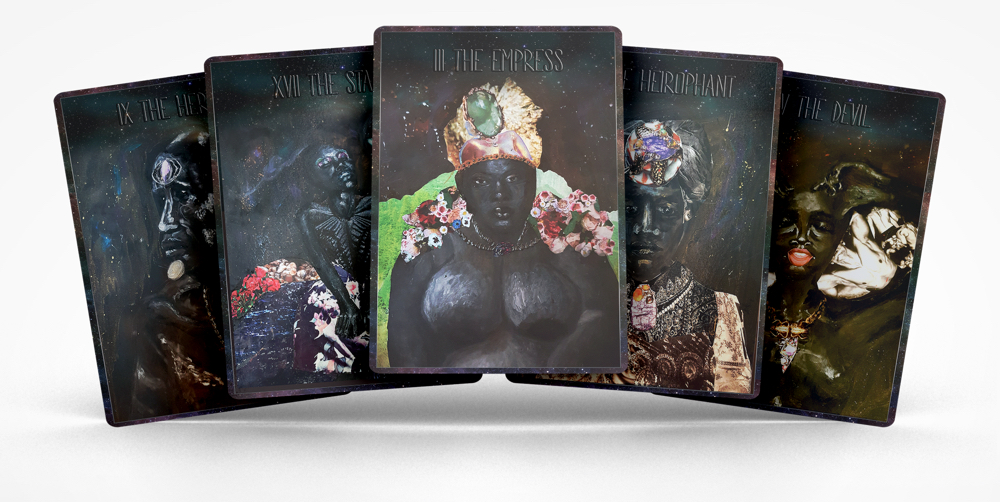
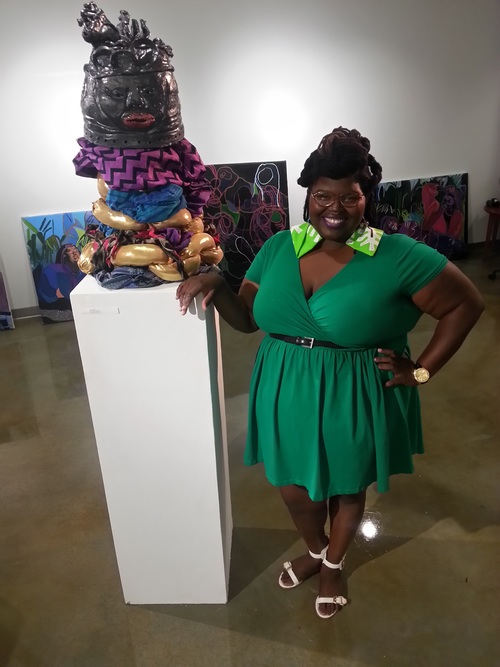

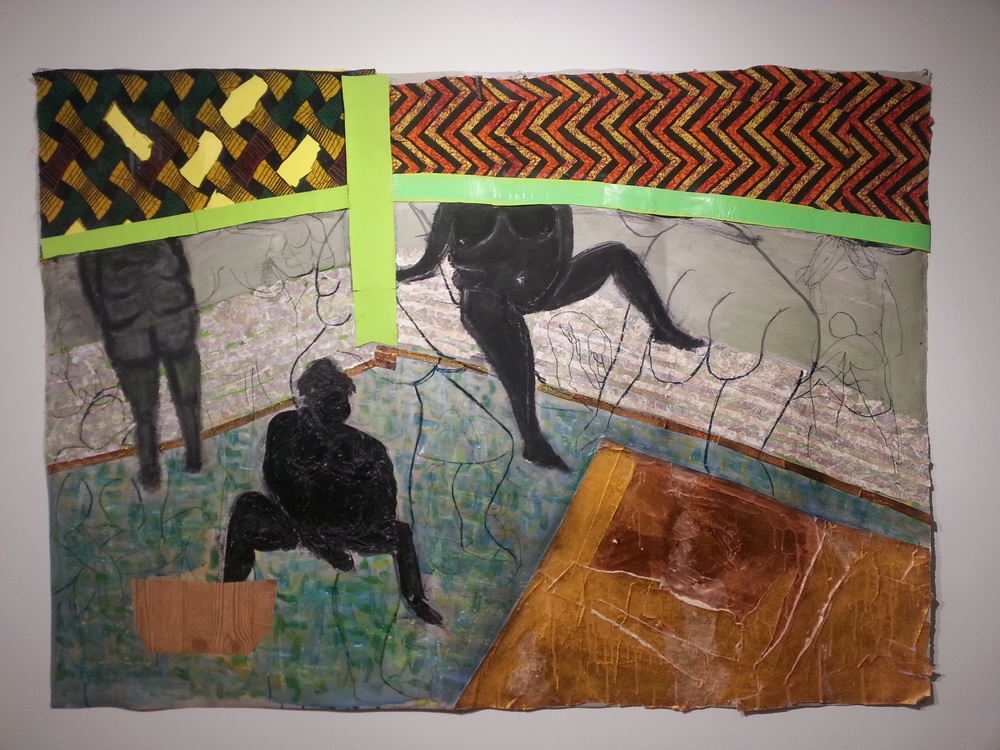
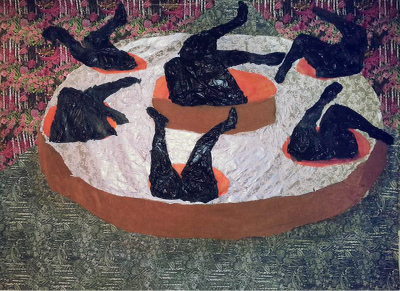
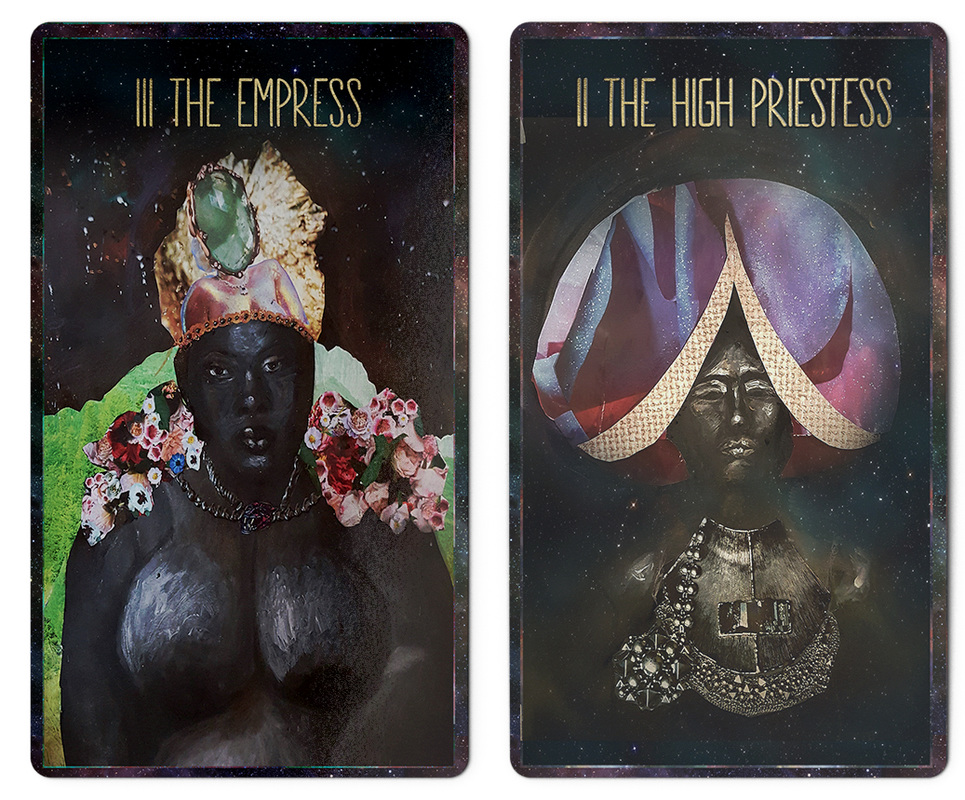
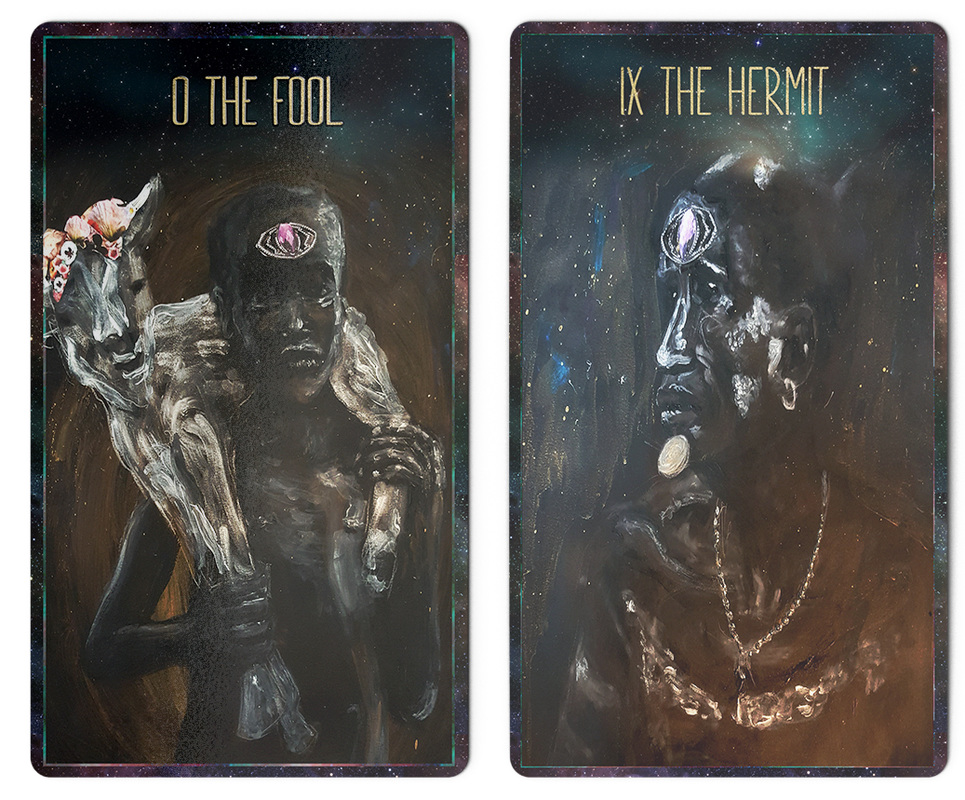
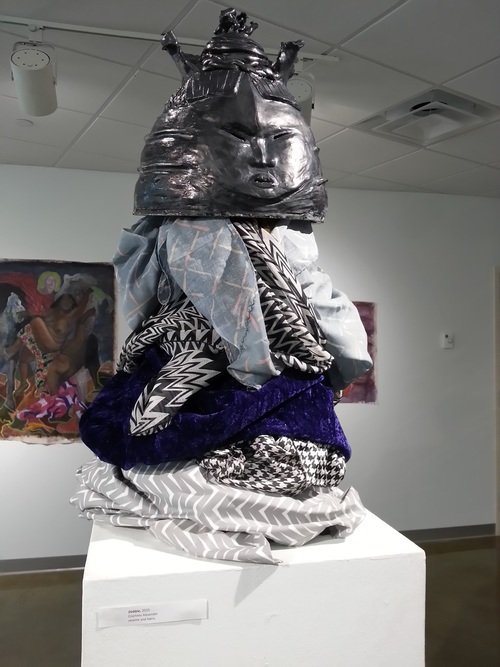
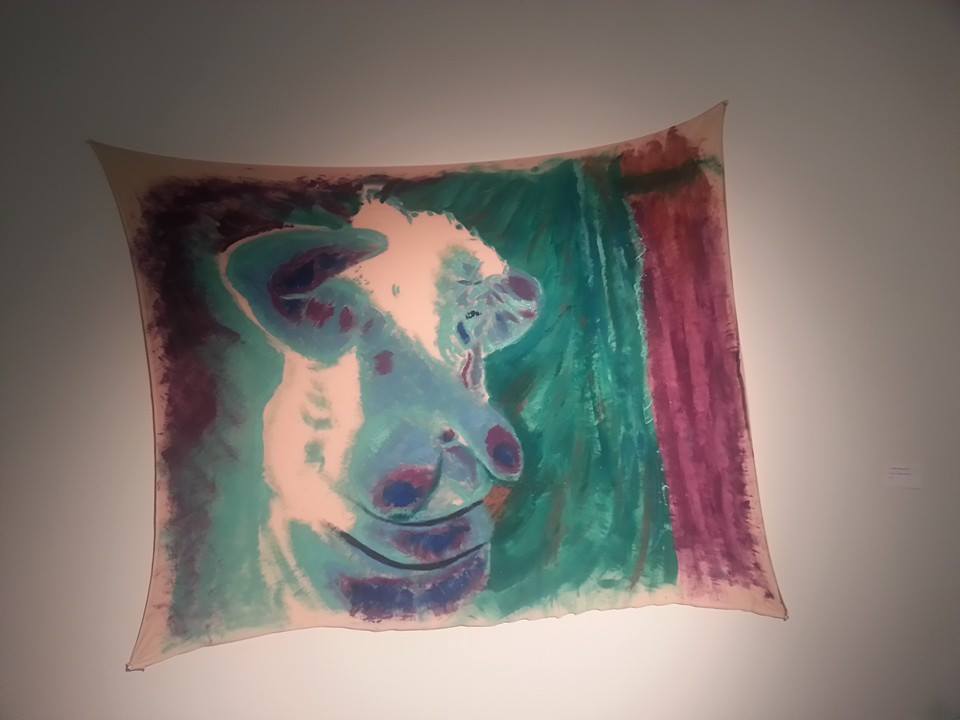
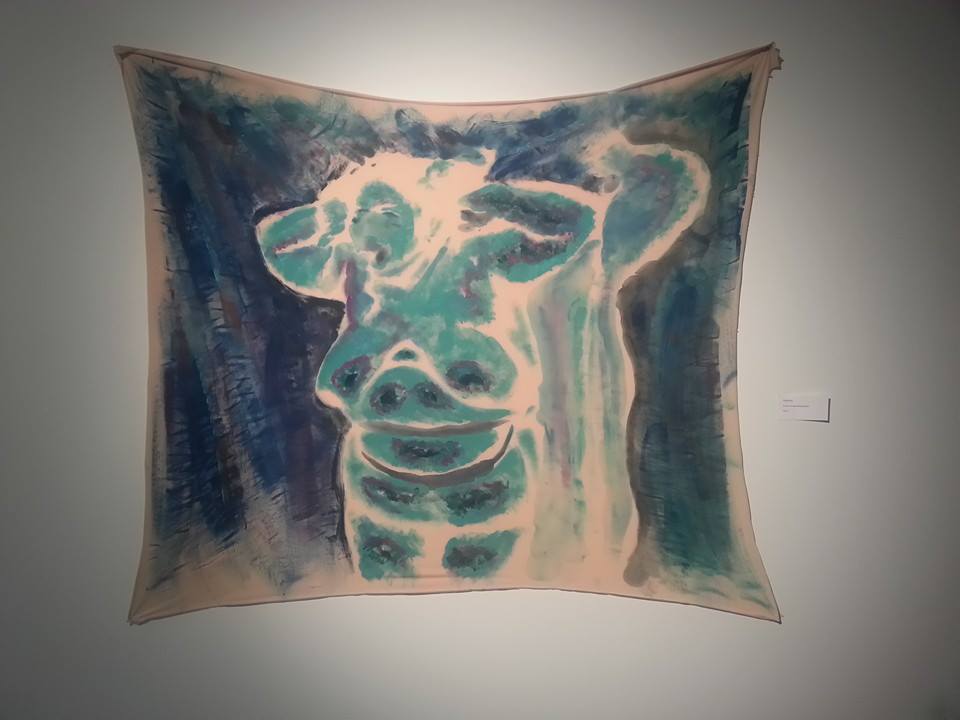
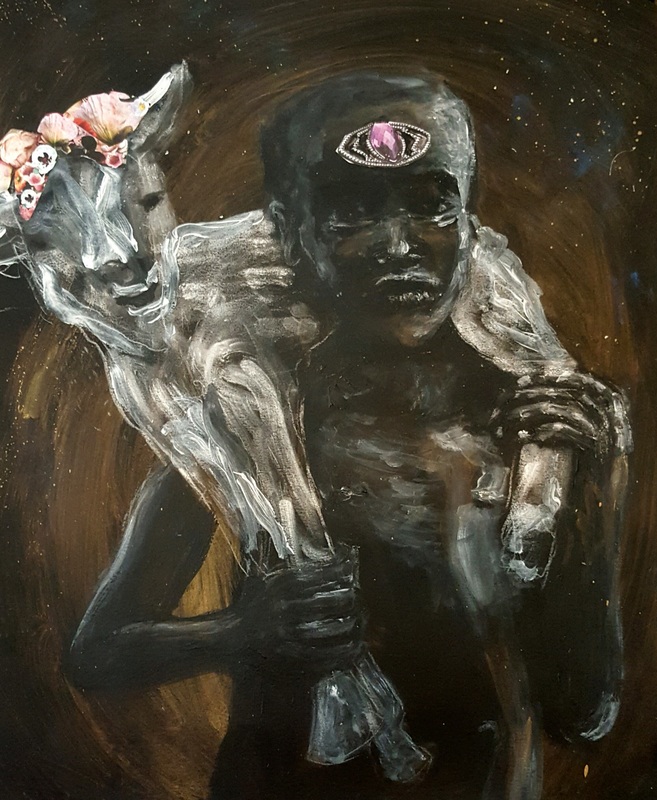
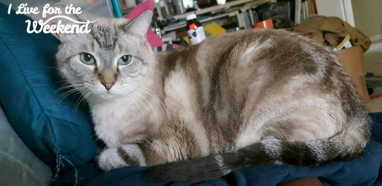
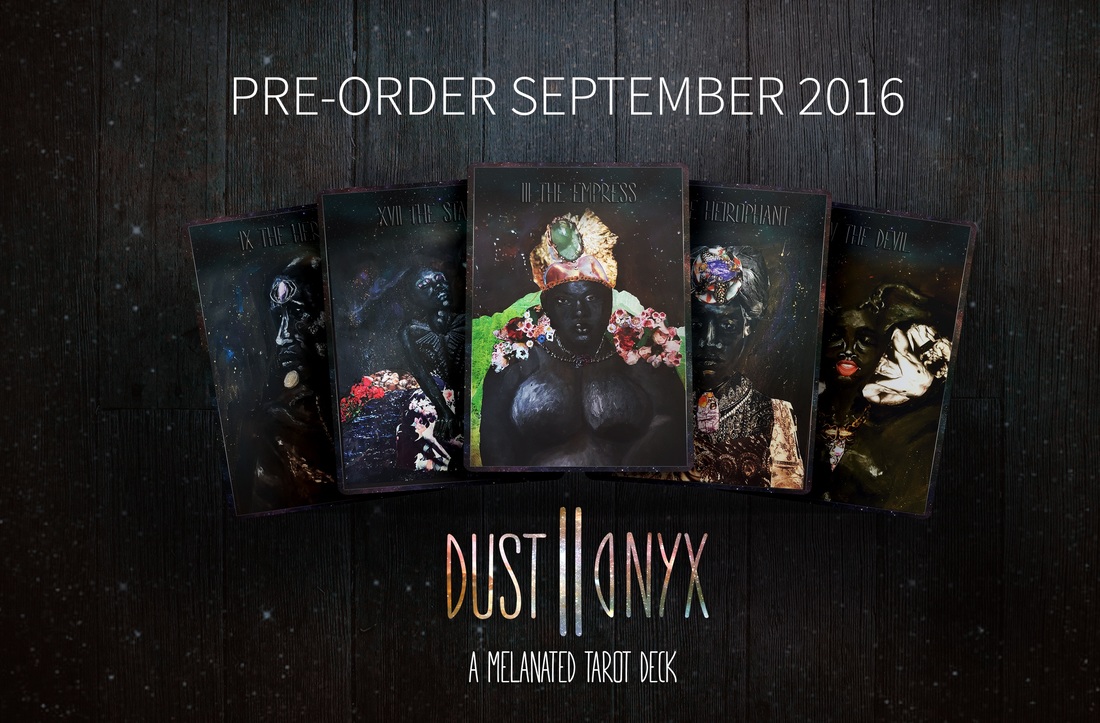
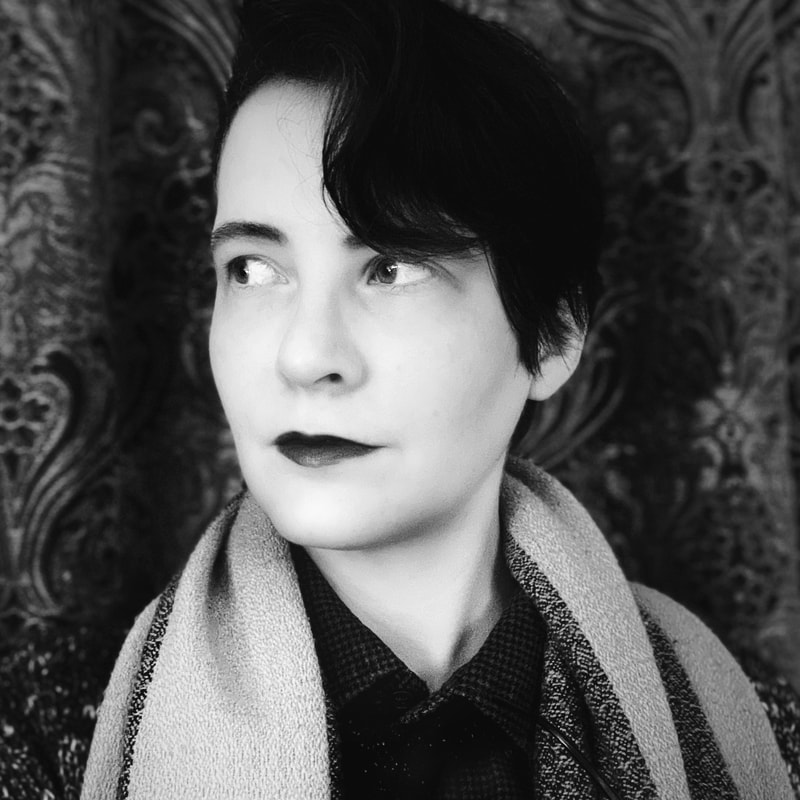
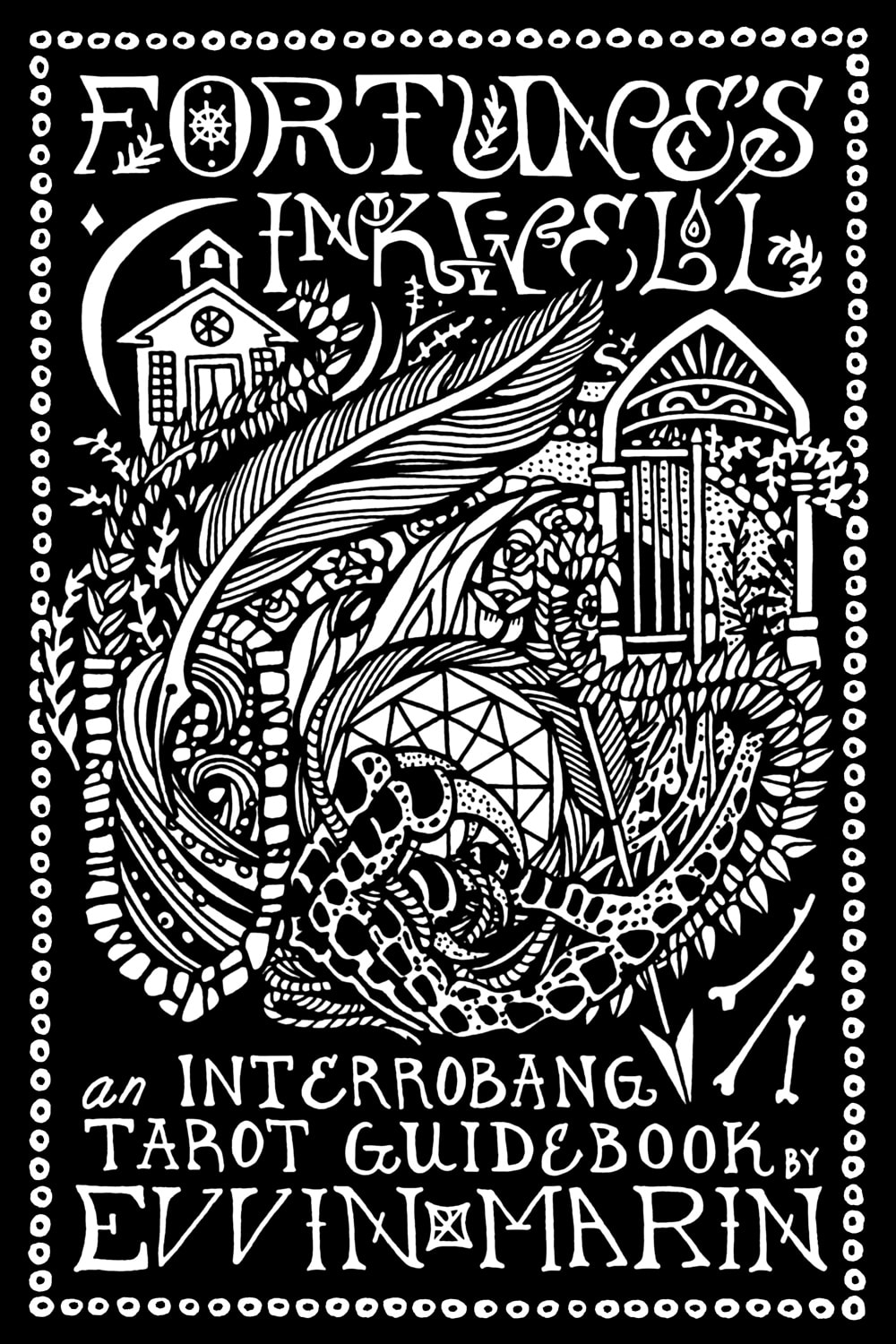
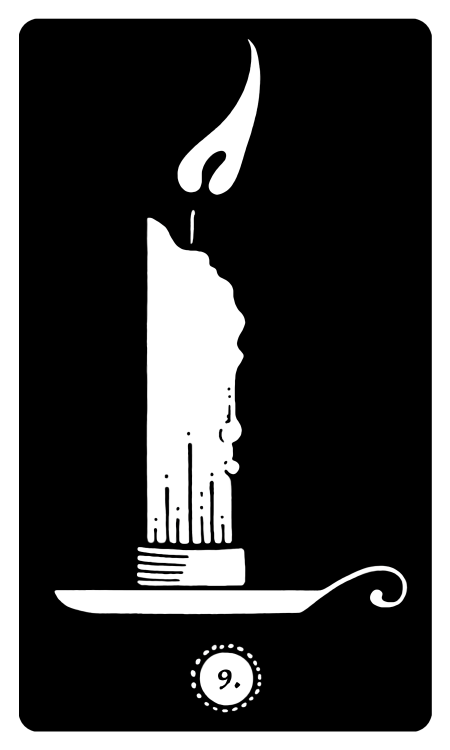
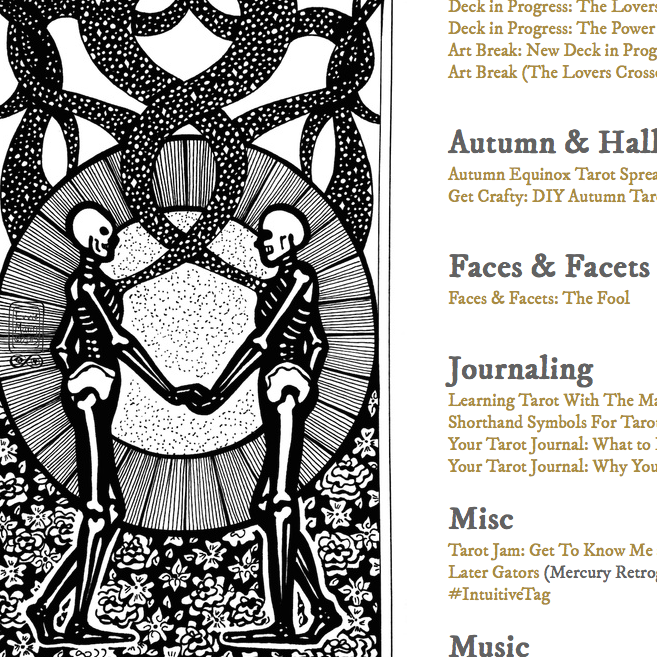
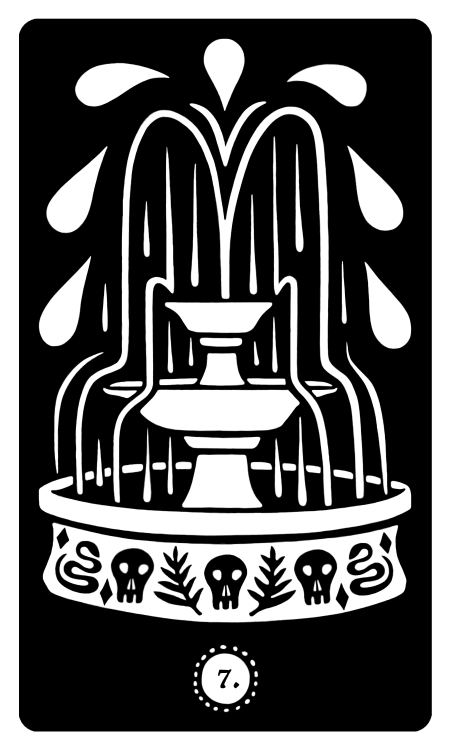
 RSS Feed
RSS Feed
